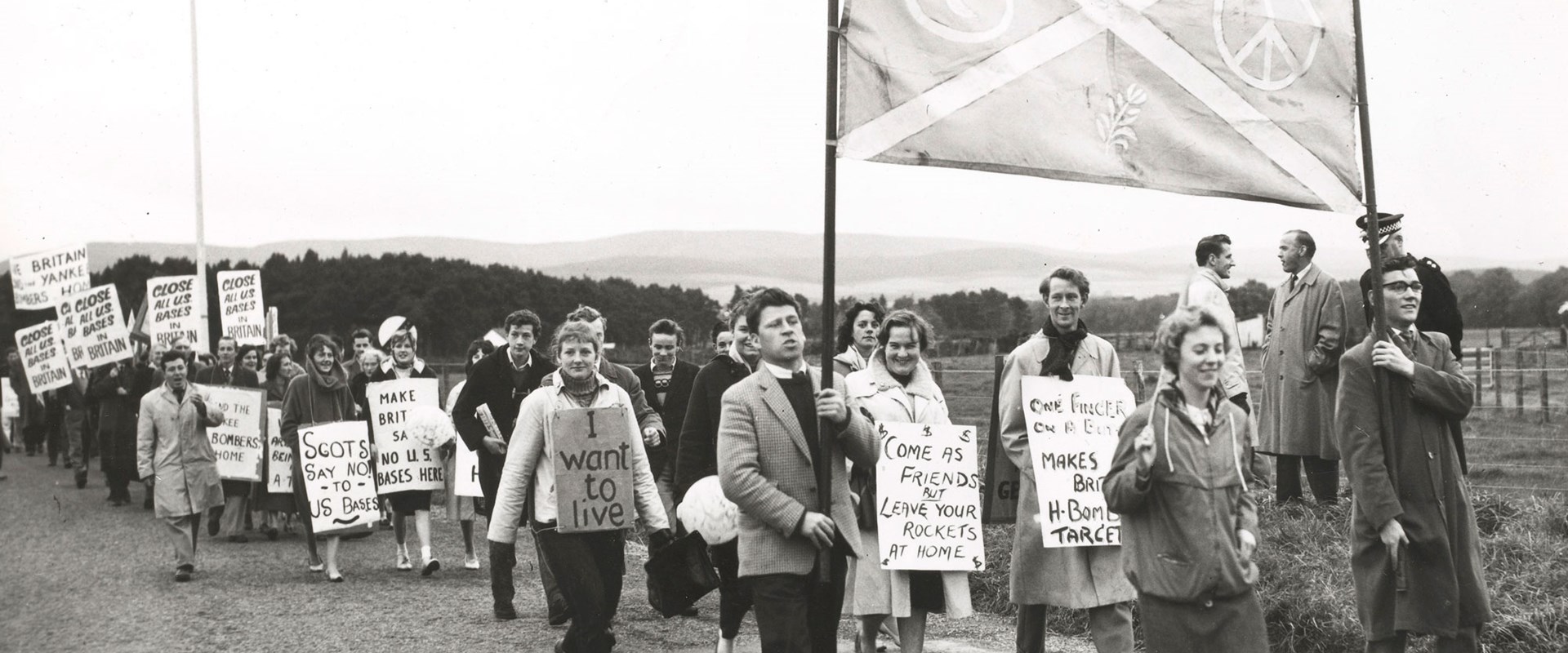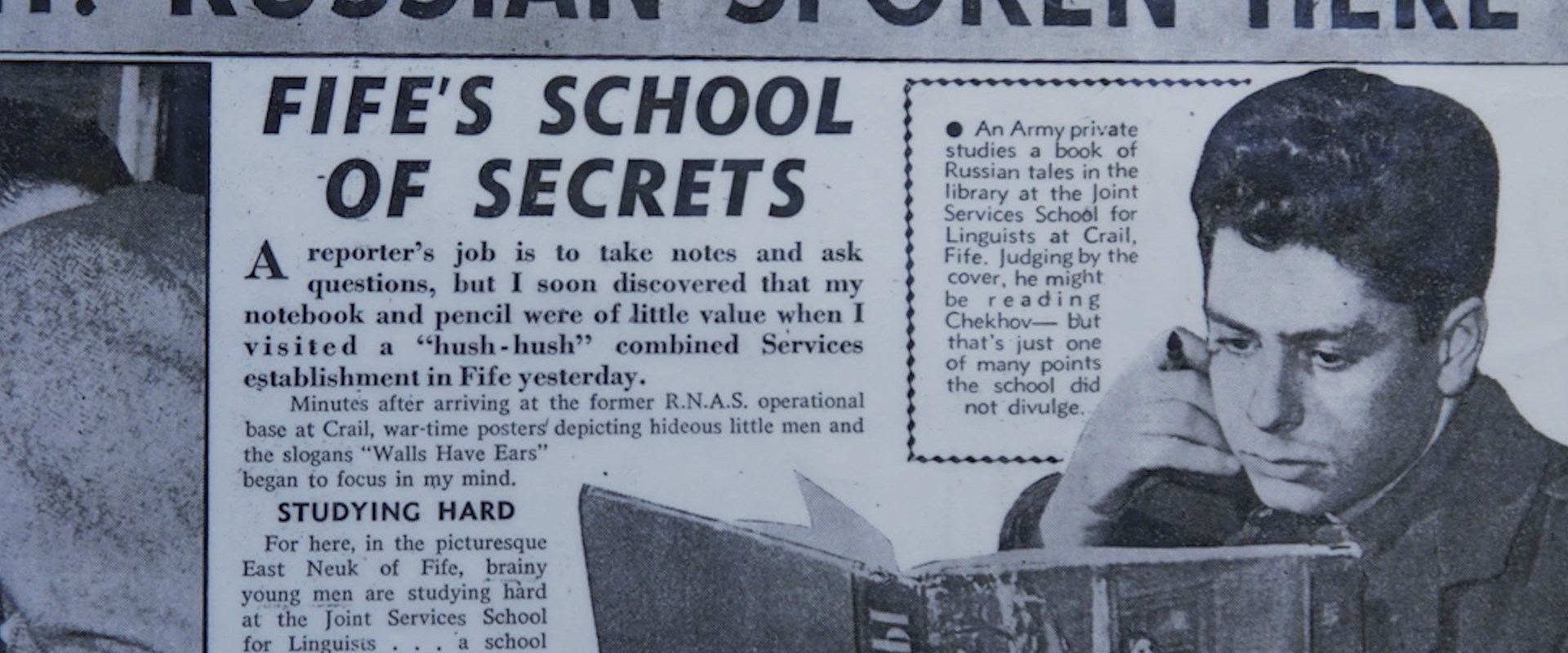Tech
Materialising the Cold War | National Museums Scotland

Peace march against US Navy monitoring station at RAF Edzell, 1960.
The Cold War was fought as a contest over a way of life as much as it was as an armed confrontation.
What was the Cold War?
The Cold War was a global conflict that began in the late 1940s and ended with the collapse of the Soviet Union in 1991. Although the Cold War remained ‘cold’ in Europe and North America, the major powers fought ‘hot’ wars elsewhere in the world, including Korea, Vietnam and Afghanistan.
At root the Cold War was a battle of ideas between capitalism and communism, however, some ‘Cold Warriors’ were motivated by other ideologies and national interest. Although the Cold War was a military confrontation in which nuclear weapons played a central part, the conflict took other forms, including through competitive sport and the arts.
The Cold War in National Museums Scotland’s collections
Our collections contain a rich variety of Cold War-related material from Scotland, the UK and many other countries around the world. These range from large three-dimensional objects, such as aircraft and missiles, to small two-dimensional photographs and ephemera. From weapons of war in our military and aviation collections to Chinese communist art in our world cultures collections, the Cold War is represented in diverse ways across our museums.
Now that the Cold War has passed into history, many objects have different meanings for people today. Some were once secret and hidden from view; others were part of our daily lives. Our Cold War objects speak not only of a time when the world stood on the brink of nuclear war, but also tell stories of global encounters and cultural exchanges between peoples from distant places.

Crail in Fife housed a secret school to teach the military Russian and other languages.
“
Although the conversations were sometimes tense, they still proved that constructive dialogue between East and West could happen and could result in agreement on controversial topics like nuclear arms limitation.
– Jessica Douthwaite, Research Fellow at the University of Stirling on the wider impact of the ‘Edinburgh Conversations’
Artefacts from China’s Cultural Revolution
In 1966 China entered a ten-year period of immense social change. Read the stories behind some of the objects in our collections from the Cultural Revolution.
Breaking the Ice: When Hugh MacDiarmid met Yevgeny Yevtushenko
Research Fellow Dr Jim Gledhill recounts this meeting of minds in the Scottish Borders in 1962.
Forewarned is Forearmed: inside the hidden world of the Royal Observer Corps
Postgraduate researcher Sarah Harper looks back at the group of appointed civilians who manned bunkers across the country during the Cold War in case of nuclear attack.






